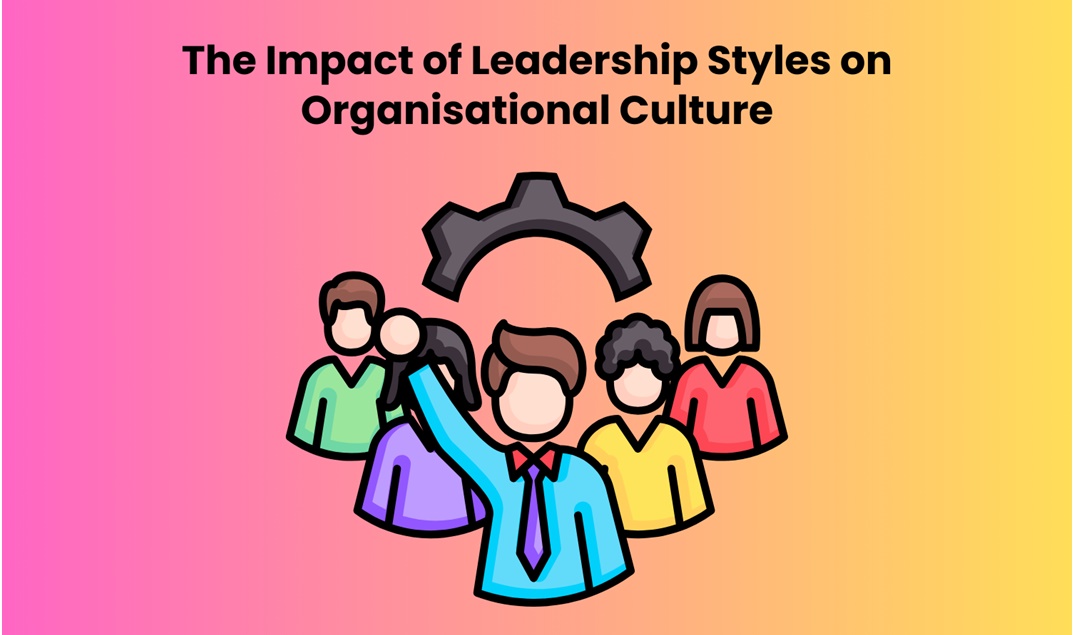The influence of leadership on organizational culture cannot be overstated. As the global market grows increasingly complex, the need for effective leadership and management styles in businesses is more apparent than ever.
This necessity is underscored by the popularity of ILM Level 5 Courses, which are designed to equip leaders with the skills required to foster a positive organizational culture. These courses delve into the nuances of Leadership and Management Styles, offering insights into how they can be leveraged to cultivate an environment that promotes growth, innovation, and employee satisfaction.
Table of Contents
- Understanding Leadership Styles
- Autocratic Leadership
- Democratic Leadership
- Transformational Leadership
- Transactional Leadership
- The Role of ILM Level 5 Courses
- The Ripple Effect of Leadership on Organisational Culture
- Conclusion
Understanding Leadership Styles
Leadership styles refer to leaders’ behaviors and approaches to motivate, manage, and guide their teams. These styles can range from autocratic to democratic, transformational to transactional, and everything in between. Each style uniquely impacts the organizational culture, shaping how employees interact, work, and perceive their roles within the company.
Autocratic Leadership
Autocratic leaders maintain strict control over all decisions and demand complete obedience from their team. While this style can lead to efficient decision-making, it often stifles creativity and reduces employee satisfaction. In an organizational culture dominated by autocratic leadership, employees may feel undervalued and less motivated to contribute beyond their defined roles.
Democratic Leadership
In contrast, democratic leaders encourage team participation in the decision-making process. This approach fosters a sense of ownership and responsibility among team members, resulting in higher levels of creativity and innovation. Organizations that embrace democratic leadership often enjoy a more engaged and motivated workforce, contributing to a positive and collaborative culture.
Transformational Leadership
Transformational leaders are individuals who inspire and motivate their teams by setting a clear vision and encouraging innovation. Team members can develop a sense of ownership and responsibility, leading to greater commitment and loyalty.
They focus on developing the potential of their employees and aligning individual goals with the organization’s objectives. This leadership style can create an empowered environment where employees achieve their best.
Transactional Leadership
Transactional leaders focus on routine, performance-based tasks, using rewards and punishments to motivate employees. While this style can lead to high productivity in task-oriented environments, it may not foster a culture of innovation or employee loyalty. In such cultures, employees might be more focused on meeting targets than on creative problem-solving or long-term growth.
The Role of ILM Level 5 Courses
ILM Level 5 courses play a pivotal role in shaping effective leaders who can navigate the complexities of various leadership and management styles. These courses provide a deep dive into the characteristics of each style and how they can be applied to different situations to foster a positive organizational culture. Managers can align their decisions with their organization’s values and goals by understanding the impact of their leadership approach.
Impact on Organisational Culture
The leadership style adopted by an organization’s leaders profoundly impacts its culture. High levels of employee engagement, innovation, and a strong sense of community often characterize a culture shaped by transformational leadership. On the other hand, a culture dominated by autocratic leadership may experience lower employee morale and a lack of innovation.
The introduction of ILM Level 5 courses has empowered leaders to critically assess their leadership styles and understand their implications on organizational culture. These courses encourage leaders to adopt a more flexible approach, blending different styles to meet the unique needs of their teams and foster a positive work environment.
Read More: Top 5 Best Cricket Games for PC
The Ripple Effect of Leadership on Organisational Culture
Leadership styles affect the immediate team and have a ripple effect throughout the organization. The behaviors and attitudes of leaders at all levels set the tone for the company’s culture, influencing everything from communication practices to work ethics and employee well-being. A positive leadership style can lead to a domino effect, creating a culture of trust, respect, and mutual support.
Conclusion
The impact of leadership styles on organizational culture is significant and multifaceted. As leaders navigate the complexities of the modern workplace, it is crucial to understand the influence of different leadership and management styles on their team’s dynamics and overall organizational health. ILM Level 5 courses offer valuable insights into this complex relationship, equipping leaders with the tools to cultivate a positive and productive organizational culture. By embracing the right leadership style, leaders can foster an environment that drives business success and promotes employee satisfaction and retention.
Mustafa Al Mahmud is the founder and owner of Games Emulator, a leading gaming site. With over 7 years of experience in the tech industry, Mustafa aims to provide honest, in-depth analysis and insights on the latest games.
A self-proclaimed “tech geek,” Mustafa first developed a passion for technology as a computer science student at the Hi-Tech Institute of Engineering & Technology. After graduation, he worked at several top tech firms leading product development teams and honing his skills as both an engineer and innovator. However, he always dreamed of having a platform to share his perspectives on the gaming world.
